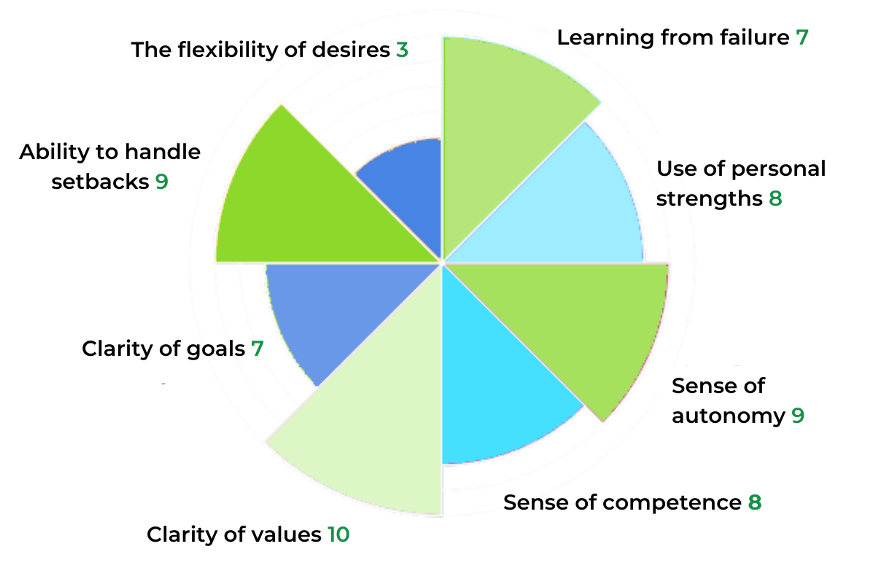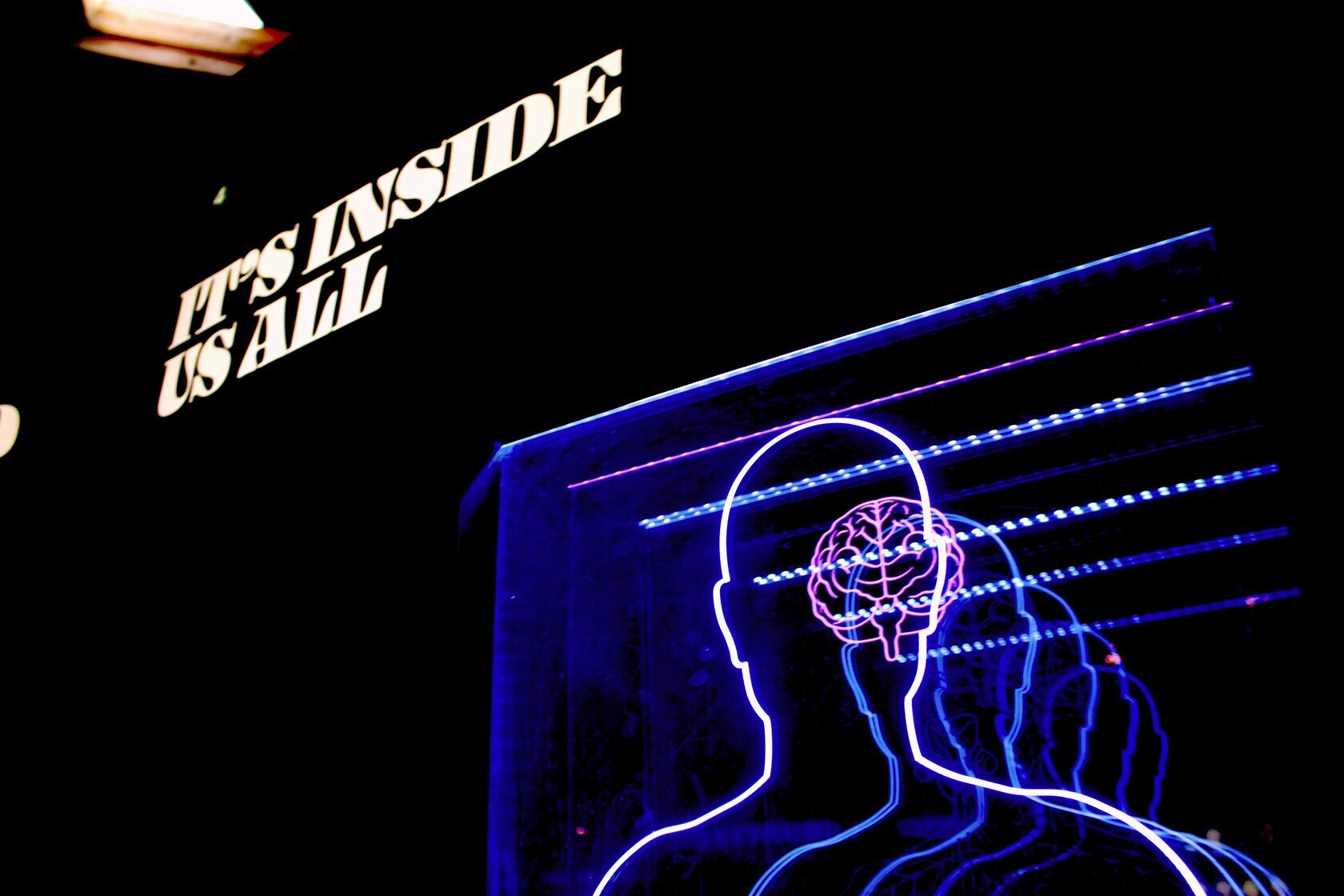Secret Sauce: Everything is Interconnected
People often don’t succeed in achieving results because they don’t take all the factors into account and don’t realize how everything is interconnected. The need for having a holistic approach is in line with scientific insights and Cognitive Behavioral Coaching (CBC).The basis of our approach is “The Cognitive Triangle”. This is a framework from Cognitive Behavioral Therapy (CBT) and CBC that reminds you to keep at least 3 factors in mind when you are trying to solve a certain problem. Those factors are your thoughts, emotions, and behavior. It also reminds us that these 3 factors are interconnected.
On top of that, management consultants also use the MECE (mutually exclusive and collectively exhaustive) principle when solving complex problems. This principle says that, when grouping a set of items into subsets, one should create groups that don’t allow for any overlap between groups (mutual exclusivity) and ensure that adding any more groups won’t be possible as the groups are collectively exhaustive. While popularized by McKinsey, the idea for MECE goes back as far as Aristotle.
Technological limitations also led us to develop a method that takes a multitude of factors into account. We serve our clients with a product, the Chatbot Coach. In comparison to a mentor, a coach doesn’t give advice but rather asks insightful questions.
The challenge with building a Chatbot Coach is that there are as many factors to consider as there are people. Therefore we needed to develop a holistic method that would meet most needs of the “average high achiever”.
The 1st Mental Model: the Wheel of High Performance
To achieve your goals, you first need to analyze where you stand. Therefore, the model I will share with you today is aimed at assessing your current strengths and weaknesses.
This is a deceptively simple model which asks you to assess yourself in 11 areas on a scale from 0 to 10.
Here are the areas:
- Locus of control. To which degree do you believe that you, as opposed to external forces (beyond your influence), have control over the outcome of events in your life?
- Sense of competence. Do you feel like you have the skills needed for success?
- Clarity of values. Do you know what your values are? Are your actions in line with your values?
- Clarity of goals. Are you clear on what your short-term and long-term goals are?
- Frustration tolerance. How easy is it for you to deal with friction and setbacks?
- Flexible thinking. Can you easily adapt to situations and accept reality as it is? Are your desires preferences or absolutistic demands?
- Use of personal strengths. Do you double down on what works?
- Growth mindset. Are you attached to outcomes or do you focus on the process? Do you learn from failures or give up while pitying yourself?
- Openness to new perspectives. How easy is it for you to adopt a different perspective?
- Self-encouraging self-talk. Is your internal dialogue compassionate and encouraging or critical and condemning?
- Commitment to goals. Once there is clarity, can you commit and follow through?

Once you do an assessment, it is important to ask yourself what your leverage area is. If you could improve just one of the 11 areas, which one will produce the most results? It can be your strong or weak area, it doesn’t matter.
For me, this exercise was quite revealing. One of my goals is related to pushing forward aging research. And I am not willing to compromise on this. It is hard for me to imagine not progressing in this direction. I have to admit to myself, therefore, that my desires are quite rigid (I put 3 out of 10). I believe that this hinders me, as this rigid desire causes fear of failure. This is my weakest area and I believe working on it would produce tremendous results.
To Be Continued: 11 More Models
In the following articles, I will explore models that will help you deal with the 11 areas of the Wheel of High Productivity. If you are like me and need a nudge to apply what you learned in practice, give our Chatbot Coach a shot, it’s free to try.________________________________________________
Thumbnail photo credit: Bret Kavanaugh on Unsplash
